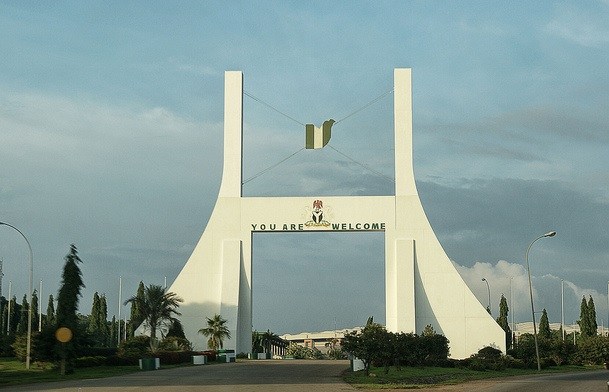In its regional context, the city of Abuja is a core in a central place structure, while the surrounding areas are peripheries; each peripheral town is a polarised region with its respective centre. According to the French economist, Francois Perroux’s Growth Pole Theory, “The boundary of a polarised region is that line beyond which flows and connections are predominantly in some other directions, towards some other poles”. It is thus irrespective of political boundaries.
The suggestion that Abuja’s excess population is to be accommodated at the satellite towns in the FCT was an attempt to prevent over crowdedness of the city. However, people’s choice of alternative accommodation to the city and direction on where to reside after work at the Federal Capital City is determined by other forces against the prescribed direction in the master plan.
Distance between the core and periphery in terms of time taken to traverse between them, cost of transportation and accommodation, intervening opportunities, available infrastructure for safety and healthy well-being, and cultural activities are all factors determining the choice of alternative location for accommodation by those centrifugally repulsed by Abuja city mostly due to high rental charges.
The power and glamour associated with Abuja and the high expectations of its residents led to the unprecedented growth of the city and its satellite towns within and outside the FCT. The most conspicuous urban centres outside the FCT borders are Suleja and Keffi which were old established towns prior to the advent of the FCT. The outlook has now assumed a cosmopolitan structure with the Federal Capital City as the central focus.
- Games Village residents kick as FCTA demolishes secretariat
- Abuja trader: I lost trailer load of food items to hoodlums
Most of the old established settlements contiguous to the FCT, but politically located in neighbouring states, are rapidly and uncontrollably developing, triggered essentially by the very existence, development and policies of Abuja. Although the contiguous settlements politically belong to the adjoining states of Niger and Nasarawa States, but, their economic activities, flows, information and movements of goods and services are towards the FCC as expounded by the ‘growth pole’ theory. Their focal point, central place or ‘growth pole’ is now the Federal Capital City negating their state capital cities.
More than a decade ago, the UN reported that, Africa was projected to more than double its population by 2050 from the then less than one billion to nearly two billion, with 88 per cent of that growth occurring in sub-Saharan Africa. While Africa is still predominately rural, much of the future growth will be in urban areas. Abuja being the capital city of the most populated sub-Saharan African country, and which presently possesses the magnetic force to attract people is definitely now accounting for most of that projection.
The extent and direction of further developments outside the boundary of the FCT are open to question, but it has become apparent that the direction of metropolitan growth is largely determined by geographic factors of proximity and accessibility, irrespective of political boundaries.
Since it is not possible for governments to stem the tide of urban growth, Thoraya Ahmed Obaid, Executive Director of the UN Population Fund submitted in that UN report, that “we must abandon a mindset that resists urbanisation and act now to begin a concerted global effort to help cities unleash their potentials to spur economic growth and solve social problems.
If they wait, it will be too late. This wave of urbanisation is without precedent. The changes are too large and too fast to allow planners and policymakers simply to react.
There is thus the need to establish a firm, and wider planning basis with the surrounding states of Niger and Nasarawa to provide for orderly complementary growth across the FCT borders, considering the enormous burden already borne by these neighbouring states. The FCT State Joint Planning District arrangement, a recommendation of the Master Plan yet to be implemented more than 40 years after the city’s establishment, may not be adequate now due to the dramatic changes.
The metropolitan Area of the Federal Capital City has expanded and engulfed other territories well beyond the FCT borders to the neighbouring states’ urban areas with so many adverse and security implications. The sanity of the urban areas immediately across the FCT borders in Niger and Nasarawa states are greatly impaired. This scenario is conspicuously evident while driving along the expressways leading to the adjoining states from the FCT. The traffic immediately assumes a chaotic state immediately after crossing the FCT border at Madalla and Mararraba in Niger and Nasarawa states respectively. The difference in metropolitan management between a federal government agency and that of a state is evidently visible.
The urban planning and development, curbing security, traffic and other environmental challenges emanating from the FCT are the responsibilities of the adjoining state governments in their states. The challenge is national but the approach for the solution is localised.

 Join Daily Trust WhatsApp Community For Quick Access To News and Happenings Around You.
Join Daily Trust WhatsApp Community For Quick Access To News and Happenings Around You.


